Mosel
( Moselle )The Moselle ( moh-ZEL, French: [mɔzɛl] ; German: Mosel [ˈmoːzl̩] ; Luxembourgish: Musel [ˈmuzəl] ) is a river that rises in the Vosges mountains and flows through north-eastern France and Luxembourg to western Germany. It is a left bank tributary of the Rhine, which it joins at Koblenz. A small part of Belgium is in its basin as it includes the Sauer and the Our.
Its lower course "twists and turns its way between Trier and Koblenz along one of Germany's most beautiful river valleys." In this section the land to the north is the Eifel which stretches into Belgium; to the south lies the Hunsrück. The river flows through a region that was cultivated by the Romans. Today, its hillsides are covered by terraced vin...Read more
The Moselle ( moh-ZEL, French: [mɔzɛl] ; German: Mosel [ˈmoːzl̩] ; Luxembourgish: Musel [ˈmuzəl] ) is a river that rises in the Vosges mountains and flows through north-eastern France and Luxembourg to western Germany. It is a left bank tributary of the Rhine, which it joins at Koblenz. A small part of Belgium is in its basin as it includes the Sauer and the Our.
Its lower course "twists and turns its way between Trier and Koblenz along one of Germany's most beautiful river valleys." In this section the land to the north is the Eifel which stretches into Belgium; to the south lies the Hunsrück. The river flows through a region that was cultivated by the Romans. Today, its hillsides are covered by terraced vineyards where "some of the best Rieslings grow". Many castle ruins sit on the hilltops above wine villages and towns along the slopes. Traben-Trarbach with its art nouveau architecture and Bernkastel-Kues with its traditional market square are two of the many tourist attractions on the Moselle river.
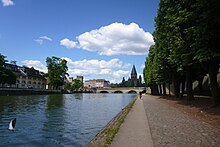 Arm of the Moselle entering the old town quarter of Metz
Arm of the Moselle entering the old town quarter of MetzThe Moselle was known to the Romans by the name of Flumen Musalla (in the Tabula Peutingeriana), and the river was romanticised by the poet Ausonius around 371. From 1815, the Moselle formed the border between the Grand Duchy of Luxembourg and Prussia (German Empire in 1871).
During World War II the Moselle was a barrier as the Allies advanced toward Berlin. In September 1944, the American Third Army in France mounted a drive to cross the Moselle at Dieulouard and split the German forces. Under the orders of Major General Manton S. Eddy, the 80th Infantry Division was given the objective of establishing a bridgehead that would allow Combat Command A (CCA) of the 4th Armored Division to advance into the rear of German forces and encircle the city of Nancy.
On September 13, 1944, the 80th Division launched their assault accompanied by extensive artillery and air support, which helped to suppress the German defenses. The division managed to establish a foothold on the east bank of the river, securing a bridgehead at Dieulouard.
With the bridgehead secured, Combat Command A of the 4th Armored Division crossed the Moselle and advanced towards Nancy, encircling the city and cutting off German supply lines. The 80th Division continued its advance, pushing towards the northeast and engaging in fierce combat with German forces.
The operations to capture Nancy continued until September 15 when the city was liberated by the combined efforts of the 80th Infantry Division and the 4th Armored Division. The successful crossing of the Moselle River and the capture of Nancy dealt a significant blow to German defenses in northeastern France and further contributed to the Allied advance towards Germany.[1]
In the act of 10 April 1952 ratifying the treaty instituted by the ECSC, Article 2 charged the French Government "to initiate, before the establishment of the Common Market, negotiations with the governments concerned in order to achieve a rapid implementation of the canalisation of the Moselle between Thionville and Koblenz.[2][3][4]
The River was canalised between Metz and Thionville, via a canal opened in 1964 by the Grand Duchess, Charlotte of Luxembourg, the Federal Chancellor of Germany, Konrad Adenauer and their host, Charles de Gaulle, President of France.[5]
It is on the Moselle, at the site of the France–Germany–Luxembourg tripoint, that the Schengen Agreement was signed in 1985, establishing the free movement of goods and people in the European Community.
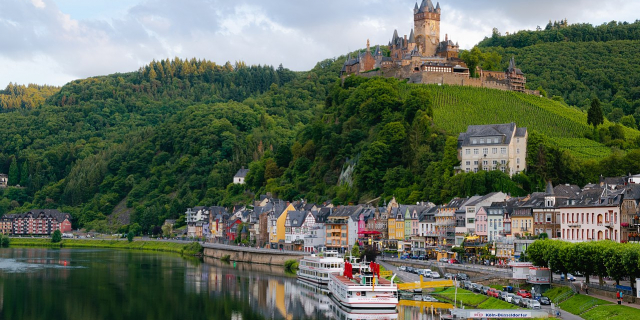









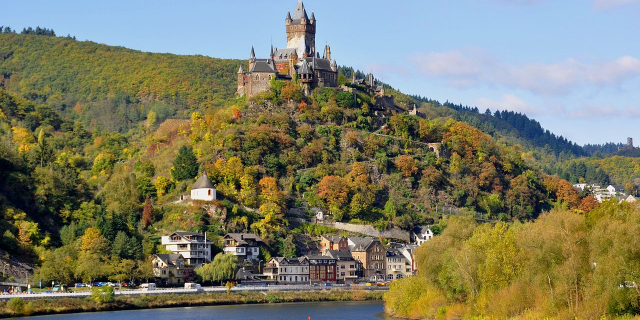



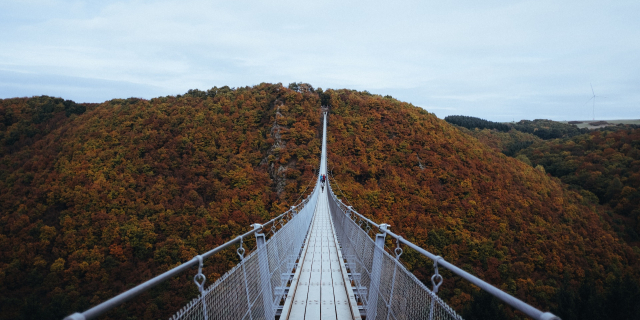




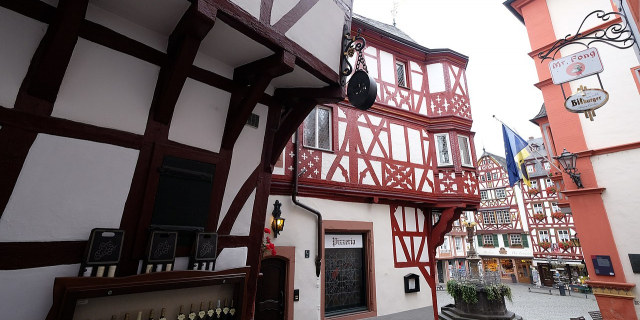
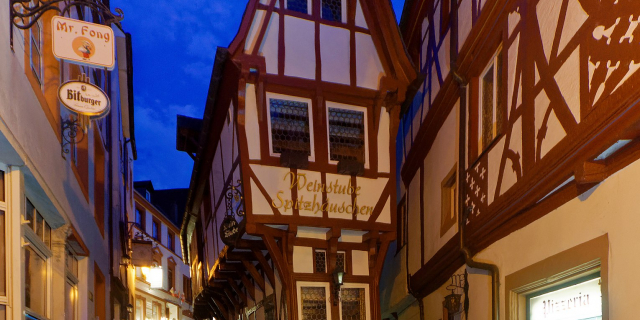



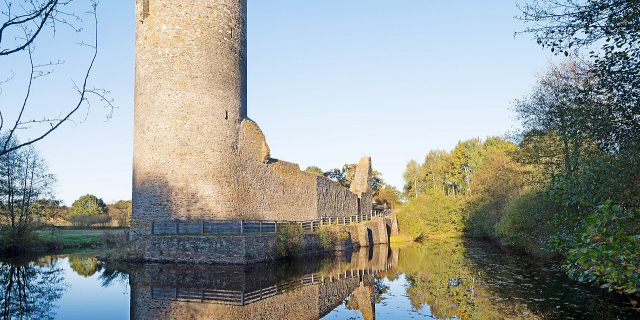
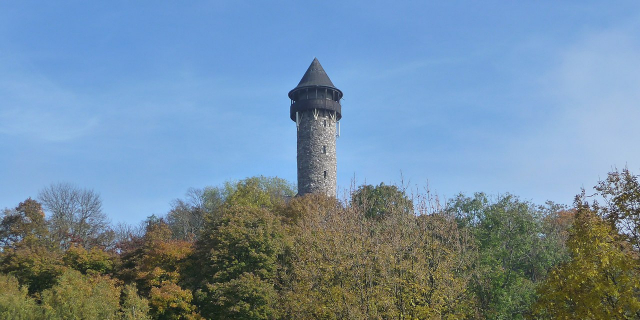

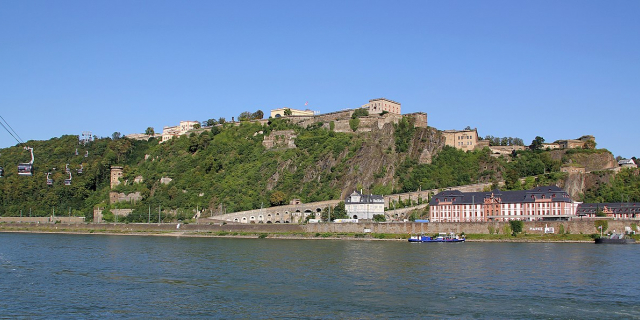
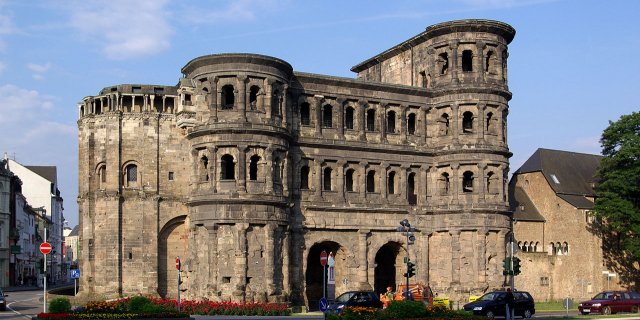

Add new comment